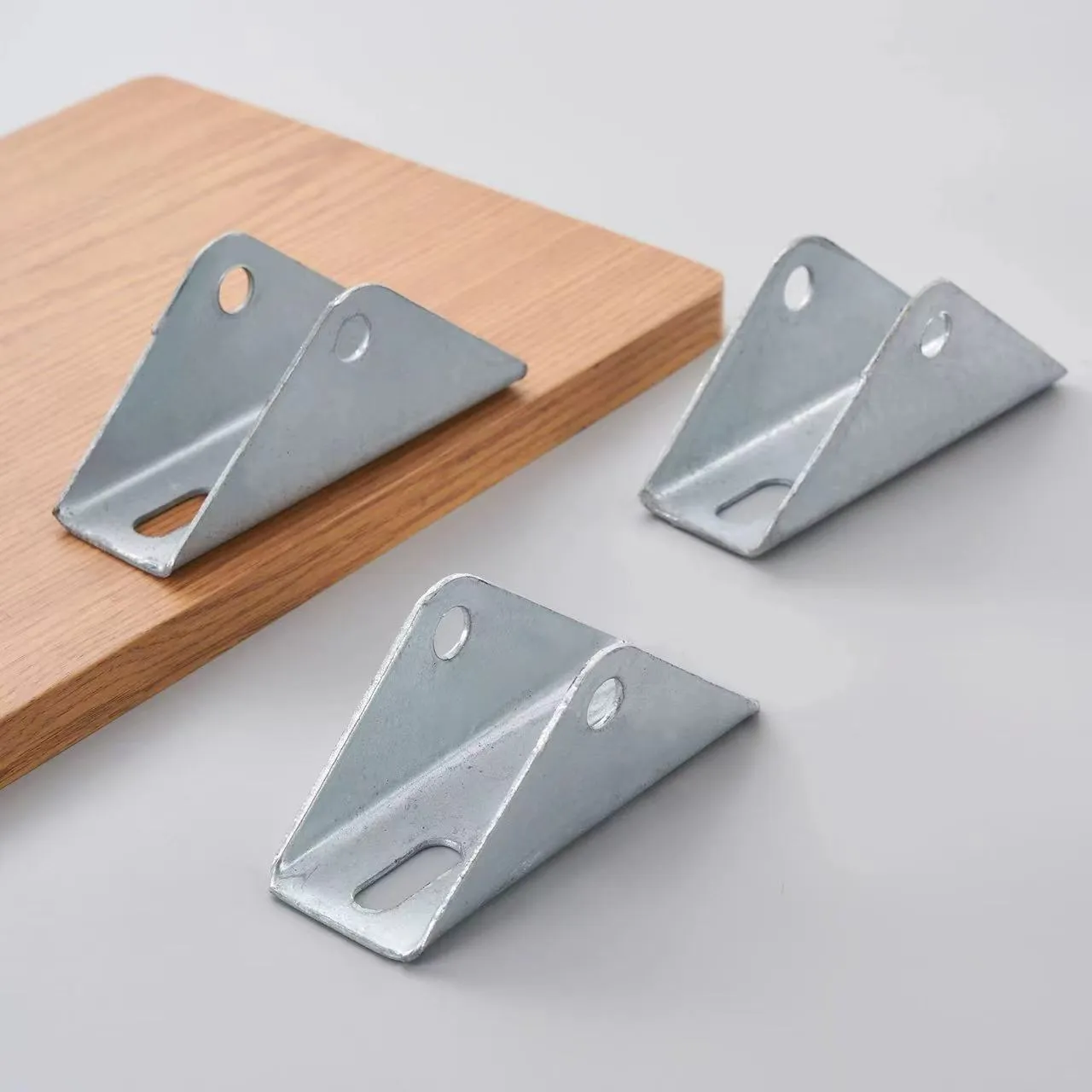

Using self-tapping screws for attaching wood to metal effectively and securely
Авг . 17, 2024 01:09 Back to list
Using self-tapping screws for attaching wood to metal effectively and securely
The Versatility of Self-Tapping Screws A Guide to Wood to Metal Applications
Self-tapping screws are an essential fastener in woodworking and metalworking, prized for their efficiency and versatility. They are designed to create their own hole while being driven into materials, making them particularly useful for joining wood to metal. This article explores the advantages of using self-tapping screws in wood-to-metal applications, their types, and best practices for effective use.
Understanding Self-Tapping Screws
Self-tapping screws feature a pointed tip and a unique thread design that allows them to penetrate materials without requiring a pre-drilled pilot hole. This feature not only saves time but also ensures a secure hold between dissimilar materials, such as wood and metal. These screws come in various materials, such as stainless steel, zinc-plated steel, and brass, allowing users to select the appropriate option for specific applications.
Advantages of Self-Tapping Screws for Wood-to-Metal Connections
1. Ease of Use The self-tapping design allows users to drive the screw directly into wood and metal without the need for complex tools or pre-drilling. This feature is particularly beneficial in tight spaces or when time is of the essence.
2. Strong and Reliable Joints When installed correctly, self-tapping screws create strong mechanical connections. Their ability to form threads in both wood and metal ensures that the materials are securely fastened together, reducing the chances of loosening over time.
3. Reduced Labor Costs By eliminating the need for additional tools and processes (like drilling pilot holes), self-tapping screws can significantly reduce labor costs. This efficiency can be a decisive factor in commercial applications where time and productivity are critical.
4. Corrosion Resistance Many self-tapping screws are treated or made from materials that resist corrosion, making them suitable for outdoor applications and environments where moisture may be a concern. This durability enhances the lifespan of the completed project.
Types of Self-Tapping Screws
self tapping screws wood to metal

When selecting self-tapping screws for wood-to-metal applications, it’s important to consider the following types
- Type A These screws have a coarse thread and are commonly used for tapping into thin metal sheets. They work well with softer materials, including wood.
- Type B Featuring fine threads, these screws are designed for harder metals and can also be used in wood. They provide a tighter hold and are preferred for heavier-duty applications.
- Sheet Metal Screws Often used in metal-to-metal applications, these screws can also be effective in wood-to-metal connections, particularly when strength is required.
Best Practices for Using Self-Tapping Screws
1. Choosing the Right Screw Select screws based on the thickness of the materials being joined and the specific environmental conditions they will face.
2. Drilling Pilot Holes (Optional) While self-tapping screws do not require pilot holes, drilling a small hole in metal can make it easier to drive the screw in, especially with harder metals.
3. Use the Correct Tools A power drill or screwdriver with adjustable torque settings can help ensure that screws are driven in without stripping the material or breaking the screw.
4. Proper Alignment It’s critical to align the wood and metal components correctly before inserting the screw to maintain a strong joint.
In conclusion, self-tapping screws are a fantastic solution for woodworking and metalworking projects, especially when combining these two materials. Their ease of use, reliability, and cost-effectiveness make them a preferred choice for both DIY enthusiasts and professionals. By selecting the right type of screw and following best practices, users can ensure that their wood-to-metal connections are not only strong but also durable over time.
Latest news
-
Premium Fasteners Manufacturer | AI-Driven Solutions
NewsAug.01,2025
-
Hot Dip Galvanized Bolts - Hebei Longze | High Strength, Corrosion Resistance
NewsAug.01,2025
-
High-Strength Hot Dip Galvanized Bolts - LongZe | Corrosion Resistance, Custom Sizes
NewsAug.01,2025
-
Best Self Tapping Screws for Drywall - Fast & Secure Installation
NewsJul.31,2025
-
High-Strength Hot Dip Galvanized Bolts-Hebei Longze|Corrosion Resistance&Customization
NewsJul.31,2025
-
Hot Dip Galvanized Bolts-Hebei Longze Metal Products|Corrosion Resistance&High Strength
NewsJul.31,2025

